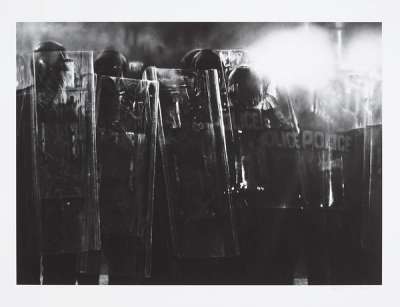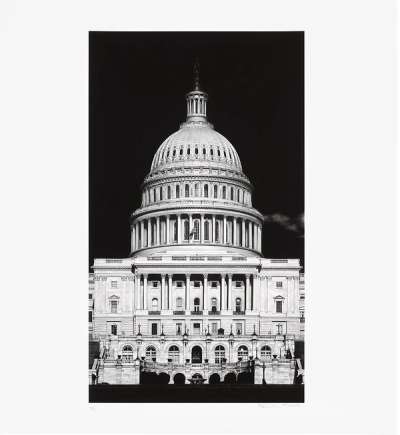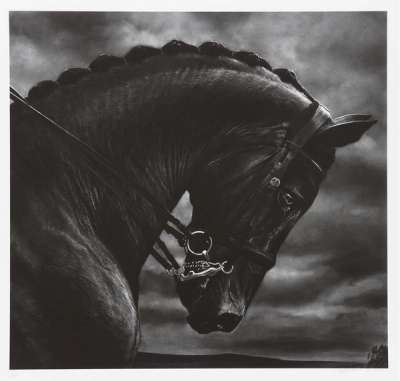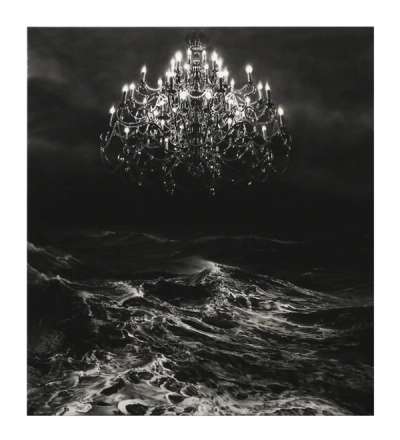Charcoal
Robert Longo’s Charcoal print series, featuring works titled Untitled (Capitol Detail), Untitled (Riot Cops), Untitled (Throne Room), and Untitled (Bucephalus), demonstrates the artist’s masterful use of charcoal to create striking, large-scale drawings that depict powerful symbols of authority and conflict. This series explores themes of power, violence, and control, drawing viewers into a reflective dialogue on the structures that shape societal norms and behaviours.
Robert Longo Charcoal For sale
Charcoal Market value
Auction Results
| Artwork | Auction Date | Auction House | Return to Seller | Hammer Price | Buyer Paid |
|---|---|---|---|---|---|
 Untitled (Capitol Detail) Robert Longo Signed Print | 21 Sept 2023 | Phillips London | £1,573 | £1,850 | £2,550 |
 Untitled (Riot Cops) Robert Longo Signed Print | 14 Jun 2021 | Phillips London | £1,488 | £1,750 | £2,400 |
Sell Your Art
with Us
with Us
Join Our Network of Collectors. Buy, Sell and Track Demand
Meaning & Analysis
Robert Longo’s Charcoal series marks a continuation of his exploration into the dynamics of power and societal structures, rendered in his signature monochromatic style. Each work in this series utilises charcoal to achieve a remarkable level of detail and depth, portraying subjects that are both topical and timeless. Longo’s choice of subjects — from the architectural grandeur of the Capitol building to the intense depiction of riot police — speaks to his interest in the symbols of governance and law enforcement as vessels of societal conflicts.
The series is particularly noted for its technical brilliance. Longo’s ability to manipulate charcoal allows him to create textures and contrasts that convey a photographic quality, blurring the line between drawing and photography. Untitled (Riot Cops), for instance, captures the tension and urgency of contemporary political protests, while Untitled (Capitol Detail) focuses on architectural elements that symbolise governmental authority.
Incorporating elements of historical and mythical significance, the series is suggestive of a continuity and universality in the struggles for power and order. These works invite viewers to contemplate the roles that authority figures play in shaping public consciousness and identity.




